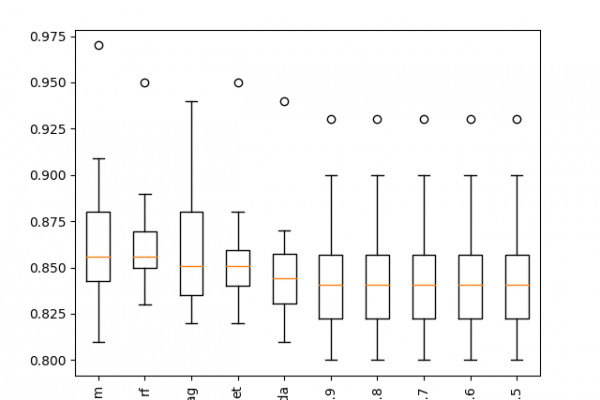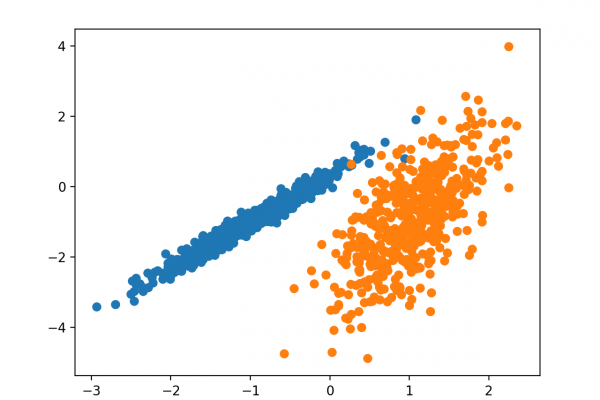How to Make Predictions with scikit-learn
Last Updated on January 10, 2020 How to predict classification or regression outcomeswith scikit-learn models in Python. Once you choose and fit a final machine learning model in scikit-learn, you can use it to make predictions on new data instances. There is some confusion amongst beginners about how exactly to do this. I often see questions such as: How do I make predictions with my model in scikit-learn? In this tutorial, you will discover exactly how you can make classification […]
Read more








